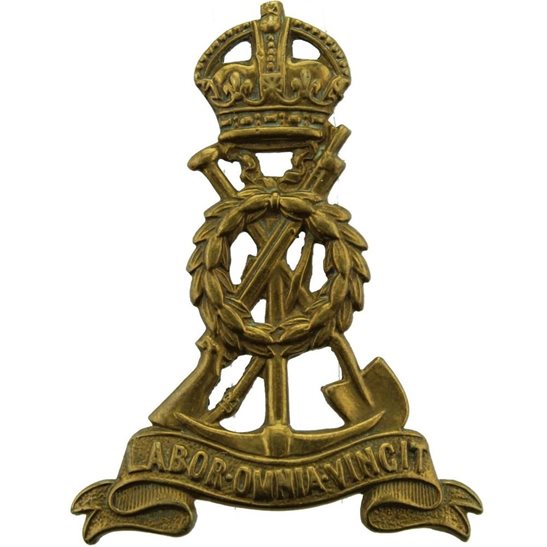Personal Details
Born: 18 November 1877 in Manchester, Lancashire and baptised on 21 January 1878 in the Parish Church of St. Mary, St. Denys and St. George, Manchester.
Family: He was the third of nine children born to William Evanson, a house painter, and his wife Elizabeth. He married Harriet Mary Stockton on the 20 April 1902 at St. Alkmund’s Parish Church, Whitchurch, Shropshire and was father to Benjamin Richard, William Henry, Emily, Nancy, Alyce Katherine, Tom, Adelaide, Ben, Ernest J and Violet.
Residence: In 1881 the Evanson family was living 7 Andrews Buildings, Harpurhey, Prestwich, Lancashire. By 1891 the family had moved to Chemistry Road, Whitchurch and in 1901 they resided at 33 High Street, Whitchurch. By 1911 Frederick had moved to 9 Castle Hill, Whitchurch. In 1939 he was living at 53 Naylor Street, Crewe, Cheshire.
Employment: Frederick followed in his father’s footsteps and became a house painter, a trade he continued throughout his life.
Died: In 1961 in Crewe, aged 83.
Military Details
Regiment: Labour Corps (previously East Lancashire Regiment and Devonshire Regiment)
Rank: Private
Service Number: 172034 (previously 18976 and 38825)
Date of Enlistment: 16 February 1915
Date of Discharge: 19 March 1919
Reason for Discharge: Demobilisation
Other Information: In 1916, due to health problems he was discharged from front line duties and transferred home for garrison duties.
Frederick was awarded the Campaign Medals (1914/15 Star, British War medal and Victory medal)

The 1914 Star (also known as 'Pip') was authorised under Special Army Order no. 350 in November 1917 and by an Admiralty Fleet Order in 1918, for award to officers and men of the British and Indian Expeditionary Forces who served in France or Belgium between 5 August and midnight of 22–23 November 1914. The former date is the day after Britain's declaration of war against the Central Powers, and the closing date marks the end of the First Battle of Ypres.
The 1914–15 Star (also known as 'Pip') was instituted in December 1918 and was awarded to officers and men of British and Imperial forces who served against the Central European Powers in any theatre of the Great War between 5 August 1914 and 31 December 1915. The period of eligibility was prior to the introduction of the Military Service Act 1916, which instituted conscription in Britain.
The British War Medal (also known as 'Squeak') was a silver or bronze medal awarded to officers and men of the British and Imperial Forces who either entered a theatre of war or entered service overseas between 5th August 1914 and 11th November 1918 inclusive. This was later extended to services in Russia, Siberia and some other areas in 1919 and 1920. Approximately 6.5 million British War Medals were issued. Approximately 6.4 million of these were the silver versions of this medal. Around 110,000 of a bronze version were issued mainly to Chinese, Maltese and Indian Labour Corps. The front (obv or obverse) of the medal depicts the head of George V. The recipient's service number, rank, name and unit was impressed on the rim.
The Allied Victory Medal (also known as 'Wilfred') was issued by each of the allies. It was decided that each of the allies should each issue their own bronze victory medal with a similar design, similar equivalent wording and identical ribbon. The British medal was designed by W. McMillan. The front depicts a winged classical figure representing victory. Approximately 5.7 million victory medals were issued. Interestingly, eligibility for this medal was more restrictive and not everyone who received the British War Medal ('Squeak') also received the Victory Medal ('Wilfred'). However, in general, all recipients of 'Wilfred' also received 'Squeak' and all recipients of The 1914 Star or The 1914/1915 Star (also known as 'Pip') also received both 'Squeak' and 'Wilfred'. The recipient's service number, rank, name and unit was impressed on the rim.


Hello
I believe Frederick was one of my ancestors! I am currently researching this side of the family – there were a lot of Evansons!.
Thank you for this information.
Thank you for your email; we are pleased our research has been of help. If there is anything else we can help you with, please ask; we have lots of local information relating to Whitchurch and the surrounding villages
Terry Fry (Volunteer; Whitchurch Museum & Archives)